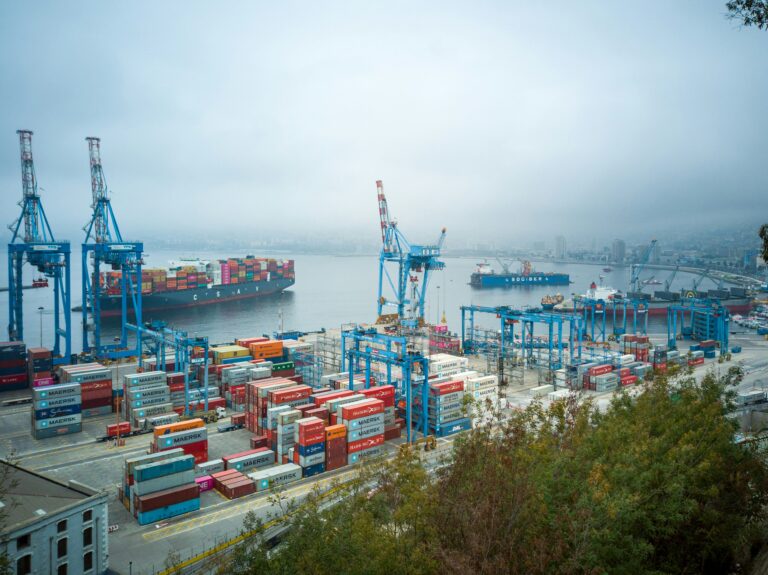The Chinese market is understandably an attractive target for foreign companies. China’s GDP has shown significant growth, increasing from US$1.21 trillion in 2000 to US$14.28 trillion in 2019. Comparing this to other world economies, China exceeds Germany’s GDP of US$3.86 trillion (2019) but still falls below the US GDP of US$21.43 trillion (2019). Private consumption in China will reach around US$12.7 trillion by 2030 which makes China one of the leading economies.
China’s foreign direct investment (FDI) inflow is one of the highest worldwide. It shows impressive growth. Where in 2010 the FDI inflows valued at US$114.7 billion, it increased to US$163 billion in 2020. Overall the FDI inflow development shows on average an annual growth of 3.68% and therefore attracts many foreign companies that see a growth opportunity in doing business in China. From our years of experience across many industries, we found that these are the six most common mistakes when entering the Chinese market.
Common mistake #1: Working with a short-term oriented middleman
Many foreign brands are understandably eager to enter the Chinese market, and decide to tests the waters by going directly to a trade partner, distributor, importer, or another middleman to sell their products. However, many of these partners are focusing on short-term results and their sales method is not ideal for the brand.
These short-term oriented partners may change the brand name without the brand’s consent, do flash sales which sacrifice the brand’s image, or multiply to sales channels that don’t match the brand. It’s not uncommon to meet a client who has entered the Chinese market but is unclear about how their product is actually selling in China due to a partner that has taken matters in to their own hands.
Companies can avoid it by doing sample research on distribution channels, creating your own Chinese name based on research, and most importantly working with a reliable partner. When working with distributors, one red flag to look out for is if the distributor claims they alone can reach the whole country. No one single distributor, even large hypermarkets, can reach the whole country, and it is worth putting your eggs in multiple baskets by choosing multiple distribution channels including various e-commerce channels.
“China is quite unique because, first of all, there are no power distributors. What I mean by power is that in many countries, you have one, two, or three distributors who are covering the whole country. China is so big that it is impossible to find one distributor because no distributor has so much money and resources to cover the whole of China.”
– Igor Temirov, ex Strategy Development Manager at SPLAT Asia, from our China Paradigm podcast interview.
Common mistake #2: Choosing the wrong packaging size
The consumption habit differences between westerners and Chinese goes even deeper than one can imagine. It is not just about adapting flavors, adapting colors and trying new sales channels, even the product packaging and size are worth re-considering when entering China.
Chinese consumers shop more frequently than their western counterparts. That means many food products need to be in smaller containers. Some food products, on the other hand, like rice and cooking oil, are typically sold in large quantities as they are household staples in China. Additionally, Chinese consumers consume products like dairy in smaller portions and are sensitive to expiration dates, so it doesn’t make sense to them to buy a whole gallon of milk or a whole tub of yogurt.
Other than food products, Chinese consumers are often more experimental when it comes to products like beauty and hair care. Therefore, especially in the mid-and-high quality product categories, smaller proportions is not only more desirable for consumers but more profitable for brands.
Something that often happens to brands that sell their products in large packaging is a Daigou may start buying the product and re-selling it in smaller portions. When a Daigou gets involved in any brand’s distribution process, it puts the brand image at risk as the brand is no longer in control of how they are represented to the end consumer.
Common mistake #3: Not following China’s politically correct standard
When doing business in China, companies have to follow the one China policy. This is not only to avoid backlash from authorities, but also from consumers. Chinese consumers, especially gen-z, are very sensitive to politics, to the extent where they express national pride through consumption decisions.
Marriott’s website was closed, after naming Tibet, Taiwan, Hong Kong, and Macao as separate countries.
In 2018 the Marriott Hotel Group made two missteps that were insensitive to the Chinese political system. Firstly, the survey for the members of the loyalty program entailed incorrect labeling of geographic regions. In the survey Marriott included Tibet, Taiwan, Hong Kong and Macau as separate countries in the drop-down list. As a consequence China’s regulating instances blocked Marriott’s website in China and its booking system for one week. A representative of China’s cyberspace administration explained that Marriott’s misstep had “seriously violated national laws and hurt the feelings of the Chinese people”. Secondly, the situation got worse after Marriott associate liking a social media post of supporters for a separatist Tibet.
The Marriott scandal was also a topic on Chinese social media, where users called for a boycott of the Marriott hotel chain. Arne Sorenson, the president and CEO of Marriott International, Inc., issued an apology stating “Marriott International respects and supports the sovereignty and territorial integrity of China”. Furthermore, he mentioned the corrective steps Marriott took: review of other sections for similar labeling mistakes, disciplinary actions regarding the Marriott associate involved and close collaboration with the respective Chinese authorities.
Common mistake #4: Being culturally insensitive
When advertising in China, it is important to understand the local culture and be aware of cultural sensitivity. When Dolce & Gabbana (D&G) launched its advertisement campaign, the Chinese customers were outraged by the cultural insensitivity and called it racist. In 2018, D&G uploaded a video on its Weibo account, showing a Chinese model in a red dress struggling to eat Italian food with chopsticks. The video had hashtag “DGLovesChina” prior it D&G’s fashion show in Shanghai. Moreover, an Instagram conversation of D&G founder Stefano Gabbana leaked in which he further insulted China. D&G later launched investigations stating that Stefano Gabbana’s Instagram account was hacked.
The scandal caused not only a severe PR issue for D&G but also impacted the brands sales channels as the brand name disappeared from the search keywords and products on Chinese ecommerce platforms Tmall, JD.com and Secoo. Moreover, China’s Cultural and Tourism Department commanded D&G to cancel its Shanghai fashion show. Even after the scandal, D&G still experiences its consequences. While the brand’s revenue grew overall by 4.9% by the end of March in 2019, the turnover in the Asia-Pacific market decreased by 3%. With Chinese consumers accounting for one third of the worldwide luxury items sales, D&G’s future outlook with a poor brand image in China is rather dark.
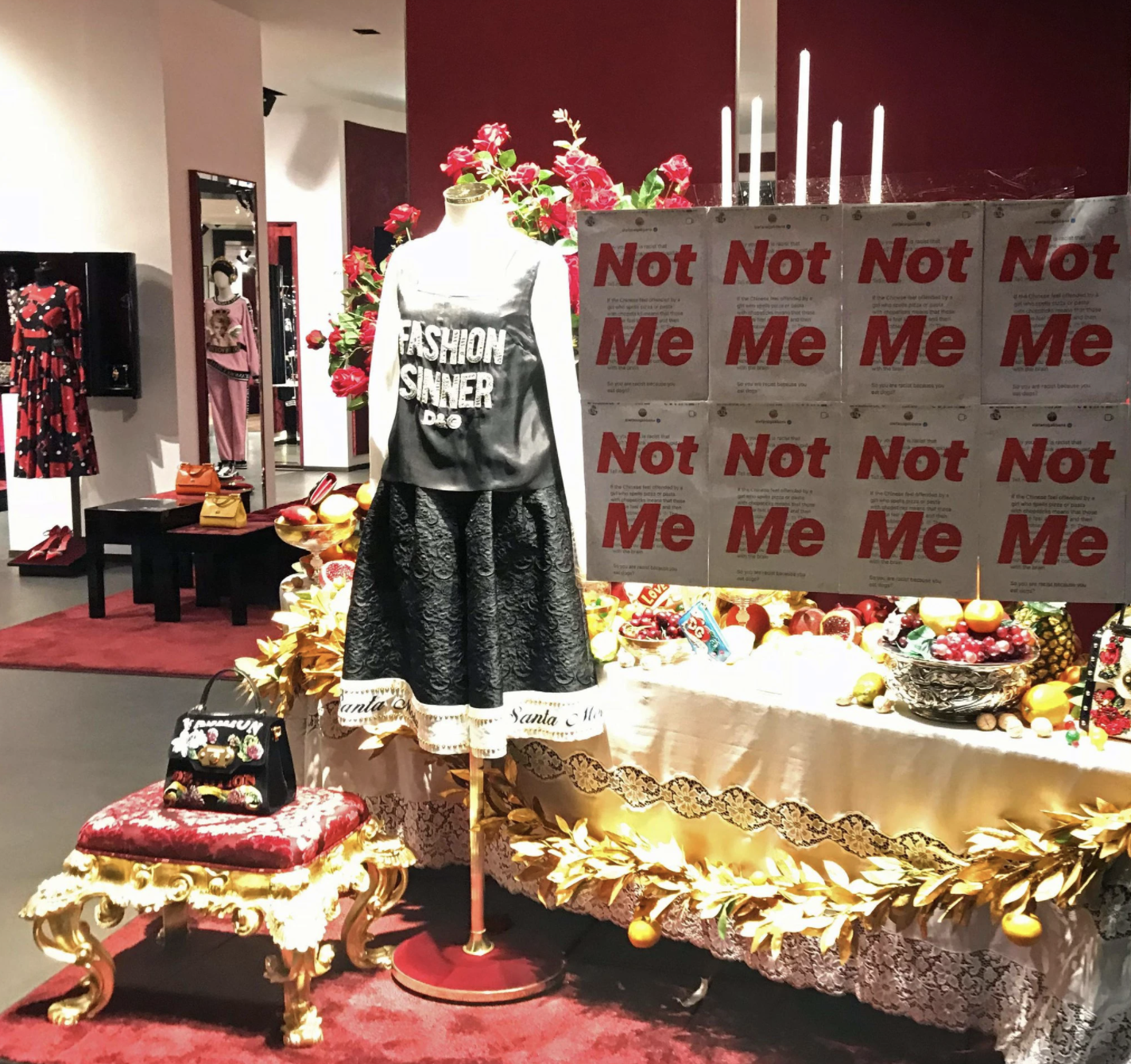
Common mistake #5: Improper pricing
Brands might be well-known in Western countries, but do not hold a comparable status in China. Therefore, companies need to adjust their positioning and pricing. Examining culture is crucial when conducting China market research.
In some cases, foreign brands choose too low a price, get minimal profits and reach friction when attempting to raise their prices later. But in other cases, foreign brands choose prices that match their native country, and cannot sell in China where they have no brand reputation; Barbie is an example of such a case.
Barbie’s pricing overestimated their brand reputation in China
In 2009 the first Barbie store in Shanghai was opened. It served as Mattle’s flagship store to capture the Chinese market. The store consisted of six levels and offered a wide range of dolls, furniture for children and clothing items. Mattle also adjusted its offering, introducing a Chinese Barbie called Ling. Prior to the opening of the Barbie store, Barbie dolls had already been sold in the Chinese market. The Barbie store closed roughly two years after its opening. According to Gar Crispell, the general manager of Barbie Shanghai, Mattle failed to understand Barbie’s positioning in China. In America, Barbie is seen as an icon, a lifestyle product that has been with its consumers for over 50 years. In China on the other hand, Barbie is simply a doll. Therefore, Barbie branded lifestyle products had little emotional effect on the Chinese consumers.
Moreover, the products were pricey, with a pair of jeans set at $156 (1,000 yuan). Mattle did not adjust its supply chain and still sourced its products from outside China which increased the price drastically. The price was too high for a product that does not have much brand recognition in China. When counterfeit Barbies’ appeared in the Chinese market, Mattle could not convince consumers to pay a premium for the original Barbie doll. In the end, Mattle could not generate enough revenue to cover the high overhead costs for its flagship store.
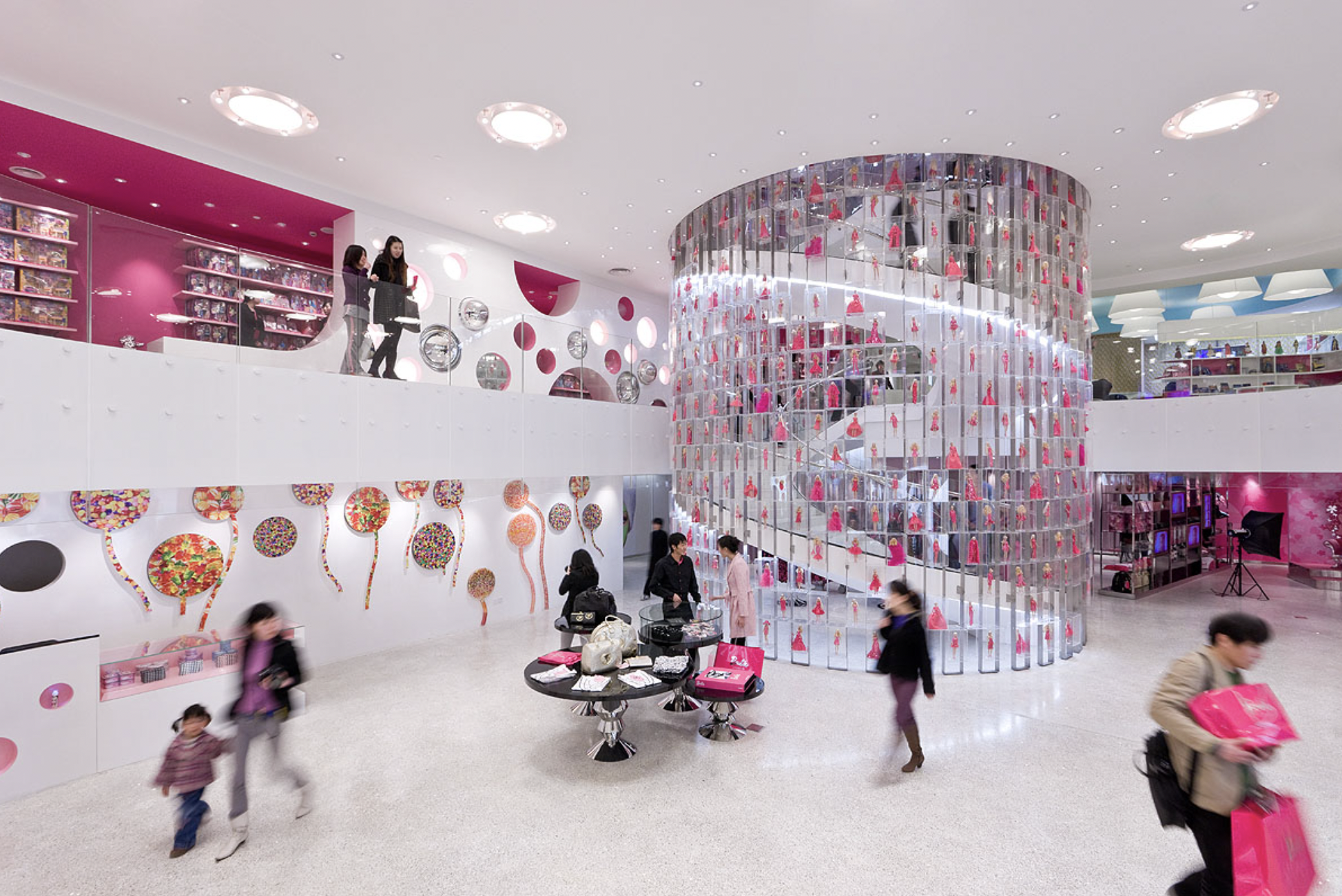
Common mistake #6: Brand naming issues
There are several ways to find a Chinese brand name. Firstly, the phonetic translation in which Chinese characters are chosen in a way that the Chinese pronunciation resembles the Western name. A good example for the phonetic translation is Coca Cola. Coca Cola’s Chinese name is 可口可乐, pronounced as “Kěkǒukělè”.
Secondly, brands can use a direct translation of their name. For example Apple’s Chinese name is 苹果 “Píngguǒ” which is the actual Chinese word for an apple.
Thirdly, companies can choose a descriptive translation which conveys more of a message or a description. For example Ariel’s Chinese name is 碧浪 “Bì làng” which translates into green wave.
The linguistics of naming a brand in Chinese is highly complex. Foreign companies do not only have to carefully consider their Chinese name but also Chinese writing on their products.
Nike’s shoes released around the Chinese Spring Festival were telling customers to ‘become fat’
For the Chinese Spring Festival in 2015, Nike released a new pair of Nike Air Force 1. It was a limited edition that aimed to capture the spirit of the Spring Festival and appeal to the Chinese consumers. Traditional Chinese symbols, such as a lotus flower, were used on the shoes. On one heel of the shoe Nike put the characters “fa” for wealth and on the other heel the characters “fu” for fortune. However when wearing the shoes the symbols were combined to “fa fu” which means “getting fat”. The limited edition had a wide range, with more than 2,500 comments on Nike’s post on its official Weibo account. Some followers were mocking Nike’s faux-pas, one saying “Nike voluntarily gave up the Chinese market”

Mercedes Benz initial brand name had the meaning of ‘rushing to die’ in Chinese
The car producer Mercedes Benz firstly wanted to introduce their brand in China with the name ‘Bensi’. However, this name evoked negative feelings among Chinese customers as it translates to ‘rushing to die’, a very unfortunate translation when producing cars. The company quickly noticed their mistake and changed the name. Now Mercedes Benz has name 奔驰 “Ben Chi” in China which also means dashing speed.
Bonus tips: What brands need to do in a China market entry strategy
Leveraging China’s digital landscape is crucial to capture customers
Compared to Western social media, the Chinese platforms serve both the purpose of marketing a brand and selling its products. Western social media platforms such as Facebook or Twitter are unavailable in China. Facebook and Instagram might be popular social media platforms in the West, however, that does not hold for China. In 2019 Chinese users accounted for 1.3 million on Facebook and 3.5 million on Instagram, hence both platforms can only reach 0.1-0.2% of the Chinese population. Foreign companies must establish their online presence on Chinese social media to reach Chinese customers and choose the right platforms for their brands.
Sephora has successfully launched an omnichannel strategy which links its physical stores to the WeChat Mini Program
An example of successfully leveraging the Chinese digital platforms is Sephora. The beauty company implemented an omnichannel strategy which links its physical stores to the company’s website, App, Tmall channel, JD channel and its WeChat Mini Program. The WeChat Mini Program aims to provide the Chinese consumers with a seamless integration between the online and offline environment. Sephora’s WeChat Mini Program enables customers to book in store appointments, share beauty advice, update the loyalty program and much more. It attracts Chinese consumers with special promotions and the “Member Get Member” offering attractive rewards for inviting a friend. According to Sephora, the WeChat Mini program engages members that are on average two years younger than the members on the app or in-store. Integrating the loyalty program boosts online traffic and word-of-mouth marketing and is predicted to decrease the customer acquisition costs by 30%.
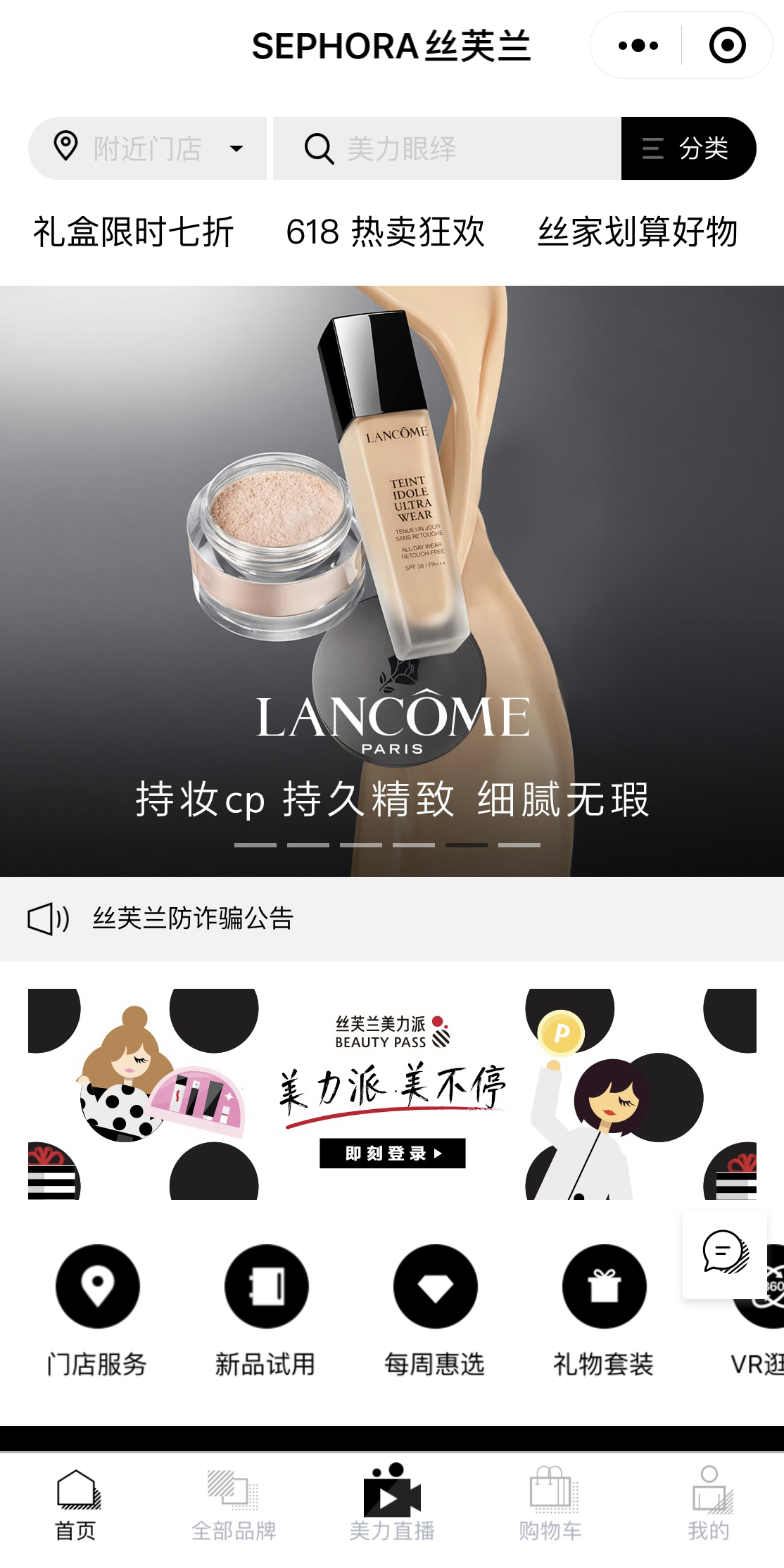
Western companies must localize their product offering
With 1.4 billion people and a size comparable to the United States, China’s landscape offers a large variety of climates, demographics and infrastructures. Along with the diversity comes many regional preferences and tastes. Western products might not appeal to the Chinese taste and must use localization strategy for China or even further adjusted to Chinese regions. It is important to find a good balance between product localization and maintaining product and brand consistency. Many firms have adopted different products for different areas, for example KFC offers a spicier version of its fried chicken in China as well as some traditional Chinese dishes to appeal to the Chinese consumers.
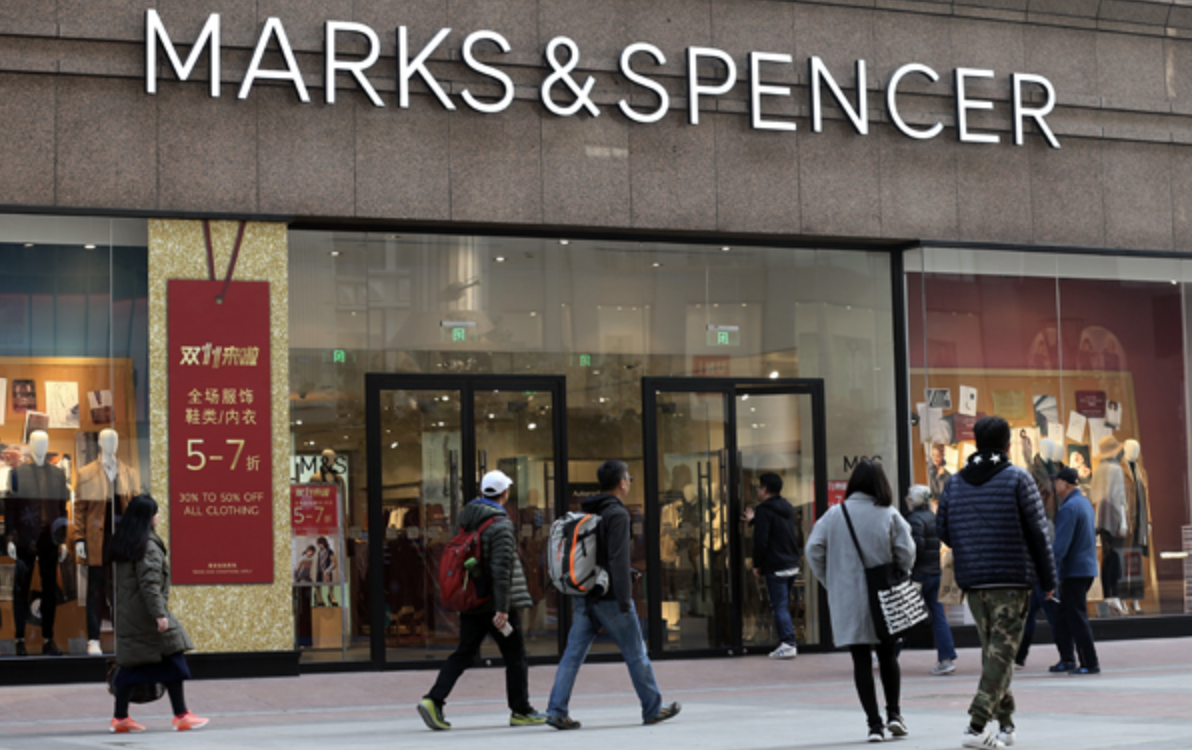
Marks & Spencer’s clothing segment was not tailored to Chinese sizes and tastes
Marks & Spencer (M&S) entered the Chinese market in 2008 with an offering of British groceries and clothing. The food offerings included typical British products such as chips or warm rolls. M&S tried to enter a niche segment of foreign luxury offerings. The clothing lines in M&S caused several issues in China with certain sizes being frequently out of stock. M&S used a standardized approach regarding the clothing sizes, however, they did not meet the Chinese consumer needs. Often the only sizes left in M&S stores in China, were large or extra large sizes unfit to the Chinese body type. Moreover, M&S did not adjust the sizing charts. Switching from the usual system of small, medium, large sizes to size 6, 8, 10, 12 made the shopping experience inconvenient for Chinese consumers.
China’s fashion environment is quickly moving with fast fashion trending. M&S kept their product development in the United Kingdom which made it difficult to meet the Chinese taste and keep up with the competitors. The Royal Bank of Canada estimated that the prices of M&S clothing items were 20% more expensive than its competitors. In the end, M&S closed all of its physical stores in China and its Tmall offering in less than 10 years after entering the Chinese market.
The best way to avoid these mishaps is through China market research. The root of all these errors is from not understanding the Chinese market and consumers. Daxue consulting is experienced in helping clients avoid these common China market entry mistakes through pricing analysis, consumer research and more. Get in touch with our project team at dx@daxueconsulting.com.




